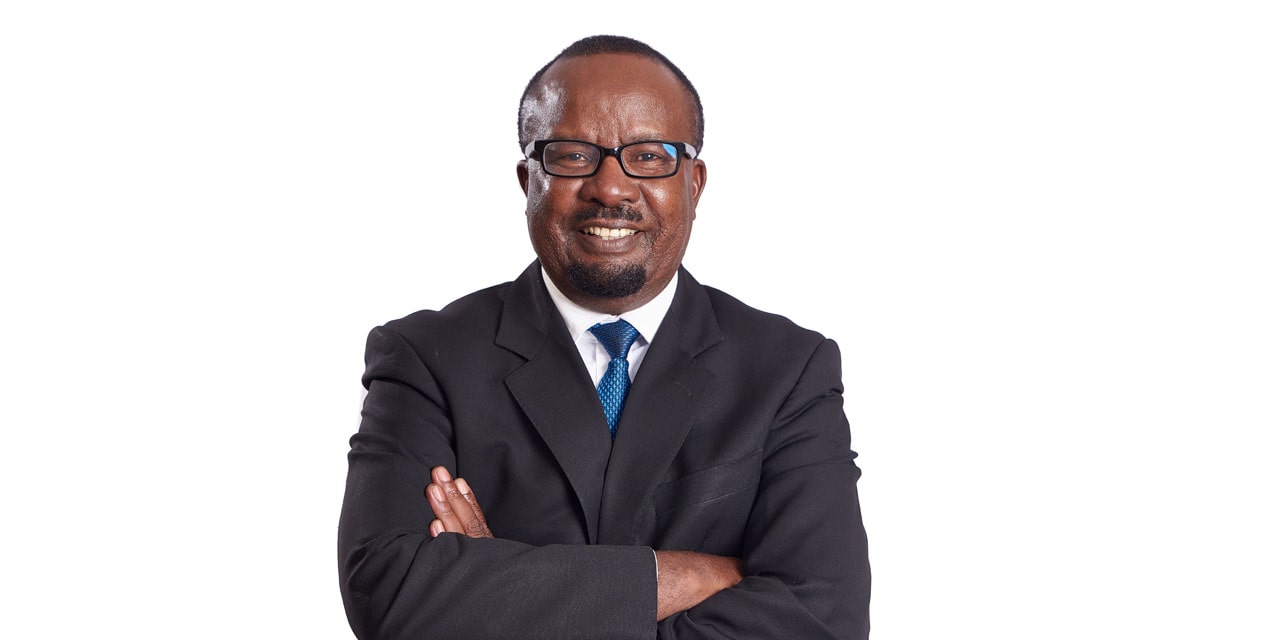CHAMWE KAIRA
NamPower, which plans to establish a wind power plant with a capacity of up to 40MW near Rosh Pinah, expects to shortlist applicants from the prequalification stage in October.
The shortlisted firms will then be invited to bid for the Engineering, Procurement and Construction (EPC) of the plant in October.
All things being equal, construction of the plant is expected to commence in June 2023, with an estimated duration of 18 months, NamPower Managing Director, Simson Kahenge Haulofu told Observer Money.
“The time of completion of the project is thus anticipated to be in December 2024,” he says.
Haulofu said the Capital Expenditure (CAPEX) of the project is estimated at around N$1.25 billion. The majority of the project costs will be financed via a concessional loan agreement with KfW, he adds.
“NamPower will fund approximately 20% of the project costs from its own balance sheet.”
Renewable sources connected to the grid now totals 494MW or about 40% of the total energy on an annual basis. Of these projects, 367MW is owned by NamPower and the 127MW belonging to Independent Power Producers. The power plants owned by NamPower include the 347MW Hydro
(Ruacana power station) 5MW Wind (Ombepo) and a 20MW Solar NamPower.
The list of Independent Power Producers that have Power Purchase Agreements (PPAs) with NamPower, include InnoSun Omburu (5MW), ANIREP (5MW), Osona (5MW), MetDecci (5MW), Aloe (5MW), Ombepo (5MW), Ejuva One (5MW), Ejuva Two (5MW), Alcon (5MW), Momentous (5MW), Camelthorn (5MW), Sertum (5MW), NCF (5MW), Tandii (5MW), Greenam (2 x 10MW) and Alten (37MW).
Apart from the wind plant, other projects in the pipeline include the Otjikoto Biomass, a 40MW plant
and the Lüderitz IPP Wind Power Plant, with a capacity of 50MW.
On hydrogen energy, Haulofu says It is still early days with regards to the project but once it is realised, potential opportunities for NamPower could be engage with the successful Hydrogen Developers into purchasing the excess energy from these power plants, either for own use or to trade with, thus creating an opportunity to lower the overall NamPower tariff.
“The Hydrogen developers may require NamPower to wheel additional power from their Hydrogen plants to customers located in the rest of Namibia or SAPP; thus, increasing utilisation of NamPower’s transmission infrastructure and creating additional revenue to the company. This will also lower the transmission fixed costs thereby benefitting all Namibian customers.
“In future there may be an opportunity for NamPower to purchase hydrogen as an end-product and utilise this fuel to fire our power stations.”
Haulofu says within it mandate, NamPower acknowledges the responsibility of being a catalyst in the development of a vibrant economy, an empowered society, and a protected environment, as driven by Vision 2030, the Fifth National Development Plan (NDP5), and the Harambee Prosperity Plan (HPP2).
“The technological advancement in renewable energy, particularly wind and solar photovoltaic, is leading to the gradual erosion of traditional utility revenues. Renewable sources like wind and solar PV have become cheaper than thermal power and conventional generation and are more favourable to a discerning market that is more inclined towards renewable energy sources. NamPower is therefore exploring a good supply mix. As such, the future of renewables is promising.”
The types of renewable energy plants in Namibia at the moment include hydro and photovoltaic while wind and Biomass plants are currently in developmental stages.
President Hage Geingob said during the World Economic Forum in 2021 that feasibility of solar energy plans is underscored by the abundant availability of sunlight with the potential to capture around 10 hours of strong sunlight per day for 300 days per year.
“As a result, Namibia has some of the highest solar irradiance potential of any country in Africa, which is sufficient to provide power for our people and our neighbours,” Geingob said.




